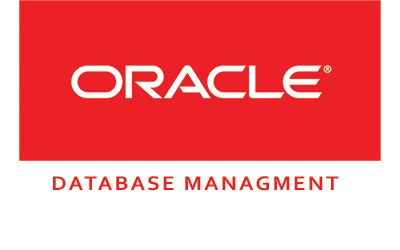Oracle Database

An Oracle database is a collection of data treated as a unit. The purpose of a database is to store and retrieve related information. Oracle Database is the first database designed for enterprise grid computing, the most flexible and cost effective way to manage information and applications.
With more than 420,000 customers and deployments in more than 175 countries, Oracle offers a comprehensive and fully integrated stack of cloud applications, platform services, and engineered systems. Learn about oracle by clicking on the register link.
Course Outline for Oracle SQL
- Retrieving Data Using the SQL SELECT Statement
- Restricting and Sorting Data
- Using Single-Row Functions to Customize Output
- Using Conversion Functions and Conditional Expressions
- Reporting Aggregated Data Using the Group Functions
- Displaying Data from Multiple Tables
- Using Subqueries to Solve Queries
- Using the Set Operators
- Manipulating Data
- Using DDL Statements to Create and Manage Tables
- Creating Other Schema Objects
Course Content for Oracle OCA
- Exploring the Oracle Database Architecture
- Preparing the Database Environment
- Creating an Oracle Database
- Managing the Oracle Instance
- Configuring the Oracle Network Environment
- Managing Database Storage Structures
- Administering User Security
- Managing Data and Concurrency
- Managing Undo Data
- Implementing Oracle Database Security
- Database Maintenance
- Performance Management
- Intelligent Infrastructure Enhancements
- Backup and Recovery Concepts
- Performing Database Backups
- Performing Database Recovery
- Moving Data
Course Content for Oracle OCP
- Database Architecture and ASM
- Configuring for Recoverability
- Using the RMAN Recovery Catalog
- Configuring Backup Specifications
- Using RMAN to Create Backups
- Performing User-Managed Backup and Recovery
- Using RMAN to Perform Recovery
- Using RMAN to Duplicate a Database
- Performing Tablespace Point-in-Time Recovery
- Monitoring and Tuning RMAN
- Using Flashback Technology
- Additional Flashback Operations
- Diagnosing the Database
- Managing Memory
- Managing Database Performance
- Space Management
- Managing Resources
- Automating Tasks with the Scheduler
- Administering the Scheduler
3 months

